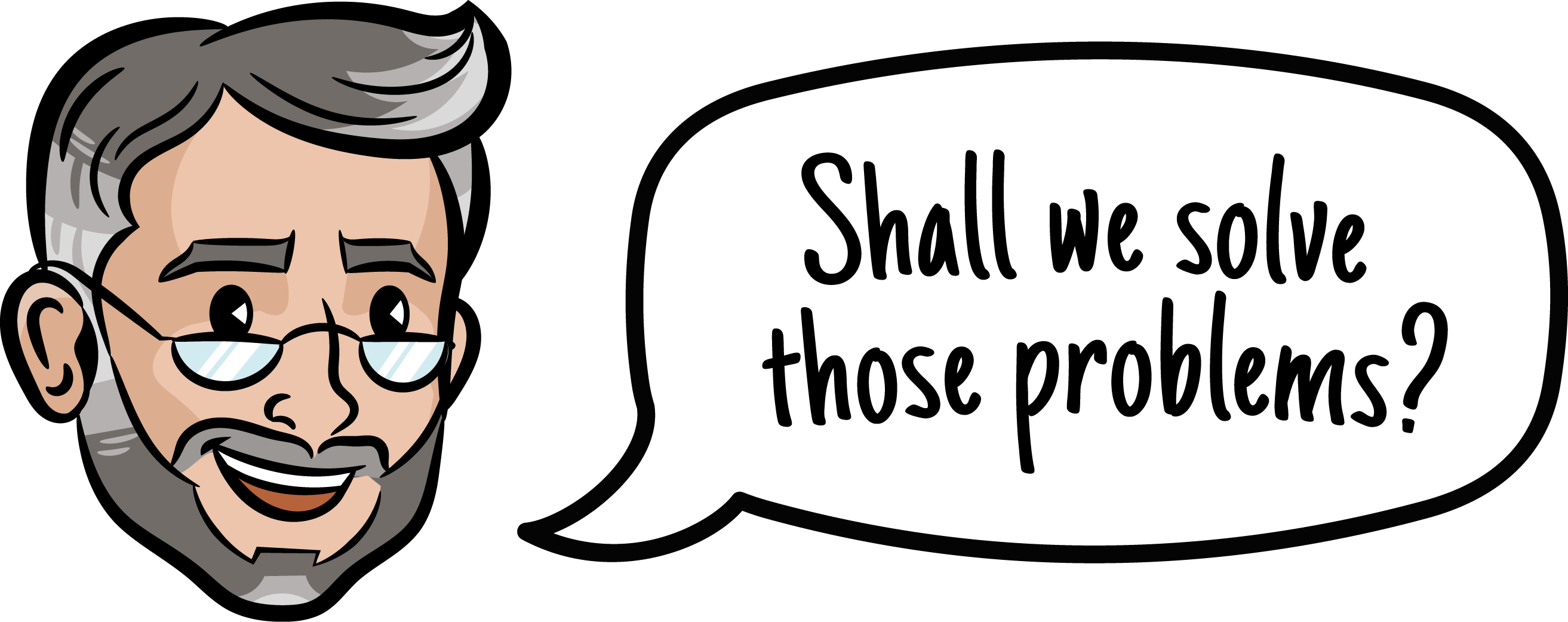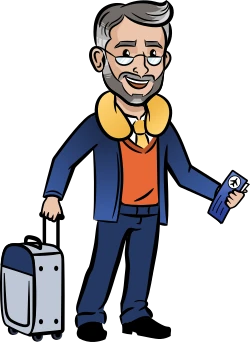One of the challenges of complex go-to-market strategies is both teams and technology have to work in unison to get the desired results. Justin Williams from Beacon Growth Consulting has a lot experience diagnosing and addressing dysfunction in sales teams and was kind enough to share some thoughts…
Over the past two decades, I’ve been a journeyman, bouncing between teams like a ping pong ball at a fast-paced startup company. People often ask me, “Why do you switch companies so much?” And I tell them, “I learn fast, fail fast, and succeed fast. Then I move on to the next challenge.” I’ve experienced more wins and losses than most folks, and I bring all those lessons to my consulting practice, Beacon Growth Consulting.
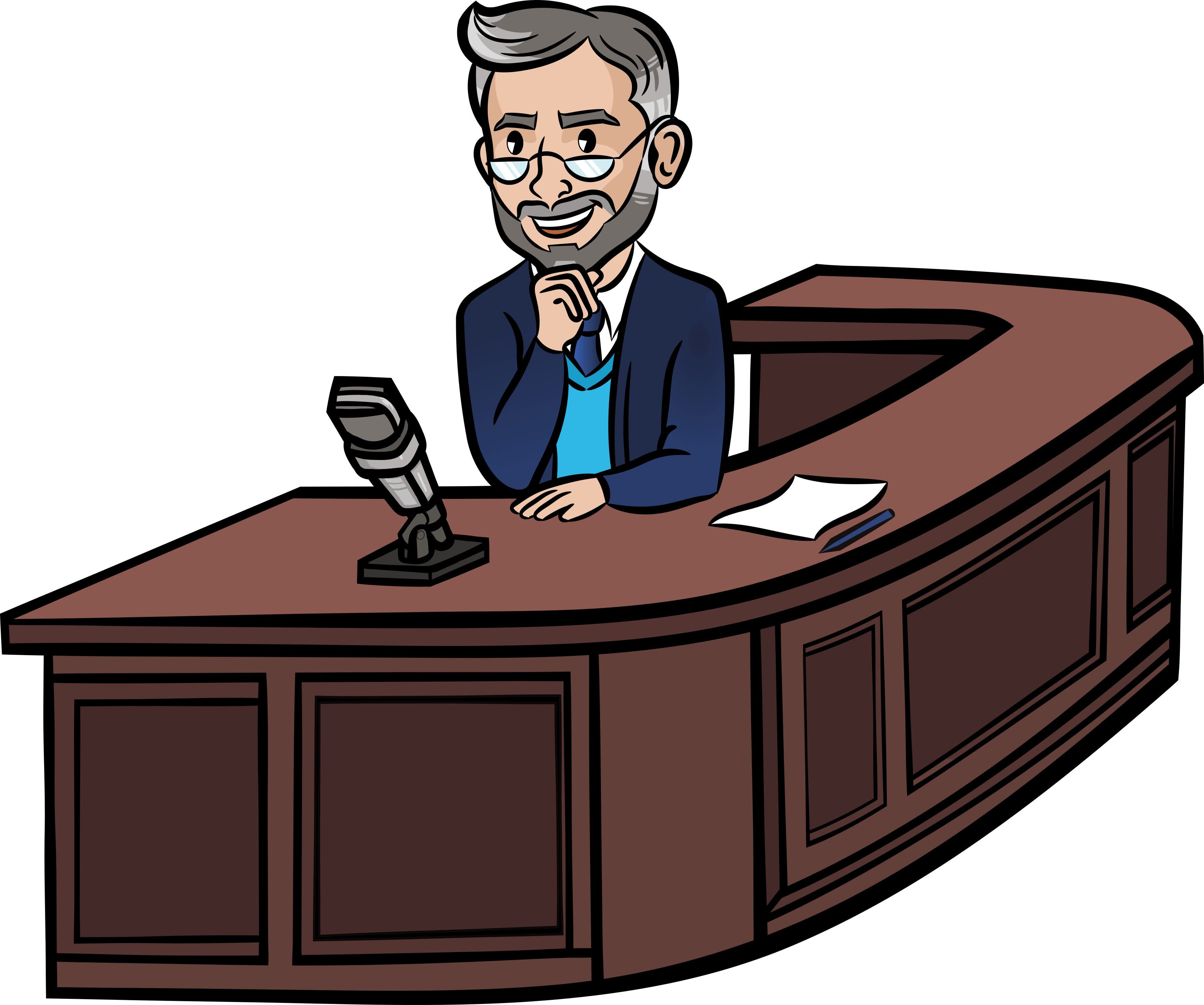
Through my firm, Beacon Growth Consulting, I work with B2B technology companies who have not achieved consistent growth. I believe every company deserves a unique sales and marketing strategy, and that there is no such thing as a one-size-fits-all solution in sales and marketing. I help companies figure out their unique sales and marketing strategy. We’ll put our heads together and come up with a plan that will make your competitors green with envy. The results will be predictable revenue, repeatable success, and a sales & marketing team you can count on.
Justin, you’ve run in some similar circles in the Atlanta technology scene and picked up a wealth of knowledge on how high functioning sales teams work within a broader go-to-market strategy.
We share friends at one of the fintech unicorns from its early days, Kabbage, now part of American Express.
And you’re currently helping another friend bring a fintech for loan origination to market.
As we shared war stories over lunch recently, you described a lot of your new practice with Beacon Growth Consulting as helping clients remove dysfunction within their teams and develop sales funnels that are very specific to their company and their clients.
We’re excited to explore those topics a little bit more, so let’s get to the good stuff…
The Early Days & Sales Advice
Q: To kick us off, we’d love to hear what you were up to in your early career. What were you doing and how did that influence what you would do later?
A: Thanks for having me on here, Eddie. I love the work you guys are doing, and it’s always great to share war stories with fellow Go-to-market professionals! So early in my career, I knew I wanted to sell, but I didn’t have a ton of direction or desire about where or what I wanted to sell. As a result, I have bounced around a few different industries early on while learning the basics of selling. I’ve sold insurance products to semiconductors to vacation club memberships.
What the variety of industry and products gave me, though, was a unique perspective on the do’s and don’t’s of selling that translate across all industries and all product types.
It instilled in me a deep appreciation for two selling truths:
- Selling is hard no matter what
- Selling only gets easier with consistent practice
Q: For someone who thinks sales is their career path, what skills would you focus on building in your early 20s?
A: Learn how to be disciplined. Learn how to be consistent. Learn how to really listen. Learn how to make mistakes and how to learn from them. Then learn how to stay positive while you make tons of mistakes because mistakes are part of life. And something that I wish I’d learned in my 20’s in Sales was how to recognize and appreciate processes. Don’t just “wing it” because somebody told you “you’d be good at sales because you like talking to people.”
Sales is a profession, sales requires discipline, and sales must have a process supporting it in order to deliver consistent results for your career.
Q: I’ve always found people who want to work in sales to be firmly in one of two camps:
- Wanting to eventually build and manage teams
- Wanting to individually work on larger deals more frequently. What skills should those folks that want sales management in their future be focused on?
A: For folks that want sales management in their future, I think empathy is the best skill to develop. As a sales manager, you’re a professional mediator. You’re reporting up to a boss, and you have individuals reporting up to you. So you need a great deal of empathy to understand what your boss needs and what your team of individuals needs. And you need to also learn how to lead without letting emotions get in the way.
As a people manager, you’ll need to build relationships with your team and your boss. But at the end of the day, being a good leader requires making tough decisions that somebody is not going to like. So keep your emotions in check and trust your ability to analyze situations from two angles: Data and people. The best decision is found when you fully understand the data and people involved without the emotions.
Kabbage and Where it Began
Q: You have one of the more famous Atlanta fintechs on your resume: Kabbage. Tell us a little bit about what the company was doing back in the mid 2000s…
A: I joined Kabbage back in 2014 when we had just passed 100 employees total with a few thousand customers. We had a really good marketing team, no sales team, a small customer support team, and some incredible technology serving our SMB customers.
When I was hired, my boss wanted to build out a sales team that only closed Distribution Partnerships, which many would recognize as a “1-to-many” sale. Over three years, I had so much fun building out a process around that kind of sale, and then learning how to lead marketing campaigns with our Distribution Partners to their customer base that encouraged them to give Kabbage a try.
Our team was wildly successful because over the next three years, we were a major part of Kabbage growing our customer base to over 300,000 SMBs and driving triple digit YoY growth each of those three years. It was a fun time to be at Kabbage because the hockey stick growth curve during those three years was exciting to be a part of.
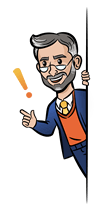
Professor’s Note:
A distribution partner, or “distributor,” is a company or individual that purchases products or services from you and resells them.
The distributor is the “in-between” when it comes to your products/services and your customers.
For physical products, distributors often handle the product shipments and work with multiple companies at once.
Q: What was your role?
A: I was the first “hunter” hired by the Business Development team under Pete Steger, who did a phenomenal job hunting to build the solid foundation of Distribution Partners for our team to build upon. My role was to prospect for, deliver demo’s to, and ultimately negotiate terms with Distribution Partners, and over the first 18 months in the role, I brought on close to 75 Distribution Partners.
Challenges & Solutions
Q: Tech startups have constant challenges to overcome… what were some of the challenges that Kabbage had at that time?
A: Kabbage had to build out its first Sales team, which took a couple different stops & starts to master. Kabbage also had to figure out how to quickly scale people, processes, and technology as a result of the triple digit YoY % growth we saw in our customer base.
Hiring along the way was crazy. We went from ~100 employees to nearly 400 just three years later. The Engineering team needed to triple in size in an effort to scale the technology. Finally, new processes needed to be designed and installed in every team that struck a balance between accelerated growth without compromising smart decision making.

Professor’s Note:
Year-over-year (YOY) growth is a key performance indicator comparing growth in one period (usually a month) against the comparable period twelve months before the previous year, hence the name.
Q: From the highs of raising money from SoftBank’s Vision Fund at a Unicorn valuation, the company eventually had to sell to American Express during the chaos of Covid and PPP financing. Looking at the go-to-market strategy of the company overall, what would you say Kabbage did well? Anything you would have done differently?
A: What Kabbage did very well was first figure out product-market fit, and then build an almost completely frictionless inbound funnel led by marketing that drove a high volume of prospective customers into the product. That large volume of users in the early years allowed the product and engineering teams to refine the product and technology based on real-time feedback from early adopters.
Ultimately the exit to American Express was a success, but if there was anything I think we should have done differently, it would have been to focus investment of time and resources earlier on the Marketing, Distribution Partners, and Customer Support teams and less on the traditional Outbound Sales team. Our Distribution Partnership Channel proved to be the most cost-effective growth channel, while Marketing provided the most volume of growth despite increasing acquisition costs (PPC, SEO, PR/Comms, Events, etc).
The miss was thinking customer acquisition through a traditional outbound Sales team (which I love) would work, too. We learned that was never cost effective, so we pivoted eventually and focused Sales efforts on more Account Management-like duties, like customer expansion and customer retention, and that proved to be a more cost-effective way to use our Sales team.
Q: After you left Kabbage, you had the opportunity to inherit and revamp a number of sales teams. You’re pretty candid that you will recommend terminations when they are merited. What signs lead you to the conclusion that a salesperson can’t be recovered/ coached to success?
A: Toxicity. It’s pretty easy to spot, and then as a Sales leader, once you recognize it, you have to speak into it as soon as possible and directly with the salesperson one-on-one. The worst thing a Sales leader can do after they spot toxicity, and I’ve done this, is to ignore it and wish it away. That won’t work.
Instead, once you recognize it and approach them about it, you have to give them another chance. Give them a reasonable plan to change their toxic behavior, often called a “PIP” or personal improvement plan. Then you just have to hold them accountable to making the change in behavior that they agreed to make.
As you track their progress, if you don’t see the change, which has to be clearly defined, measurable in milestones, and both you and the salesperson agree to it, then that is when you need to terminate them and set them free. And I really believe that many terminations, if not all, are just that; you’re setting a sales professional free to find another role or company where they can thrive.
The Five Dysfunctions of a Team
Q: At SFP, we recommend everyone read long-form (real books) to accelerate their go-to-market strategy, and one that’s on our list is The Five Dysfunctions of a Team. You’ve used frameworks from it in your sales leadership practice. Give us some real-world examples of what you’ve seen…
A: I love all of Pat Lencioni’s books, and The Five Dysfunctions of a Team is one of my favorite all-time books. What I love about it is how truthful the principles and frameworks have proven to be over the past 15 years since I first read the book.
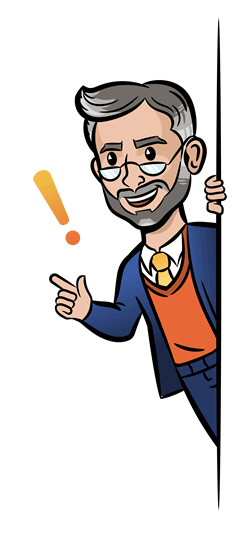
Professor’s Note
Patrick Lencioni, president of management consulting firm, The Table Group, wrote about The Five Dysfunctions of a Team in his 2002 book of the same name. He developed these principles after observing and coaching thousands of CEOs and Fortune 500 management teams.
The five dysfunctions are:
- Absence of trust.
- Fear of conflict.
- Lack of commitment.
- Avoidance of team accountability.
- Inattention to team objectives.
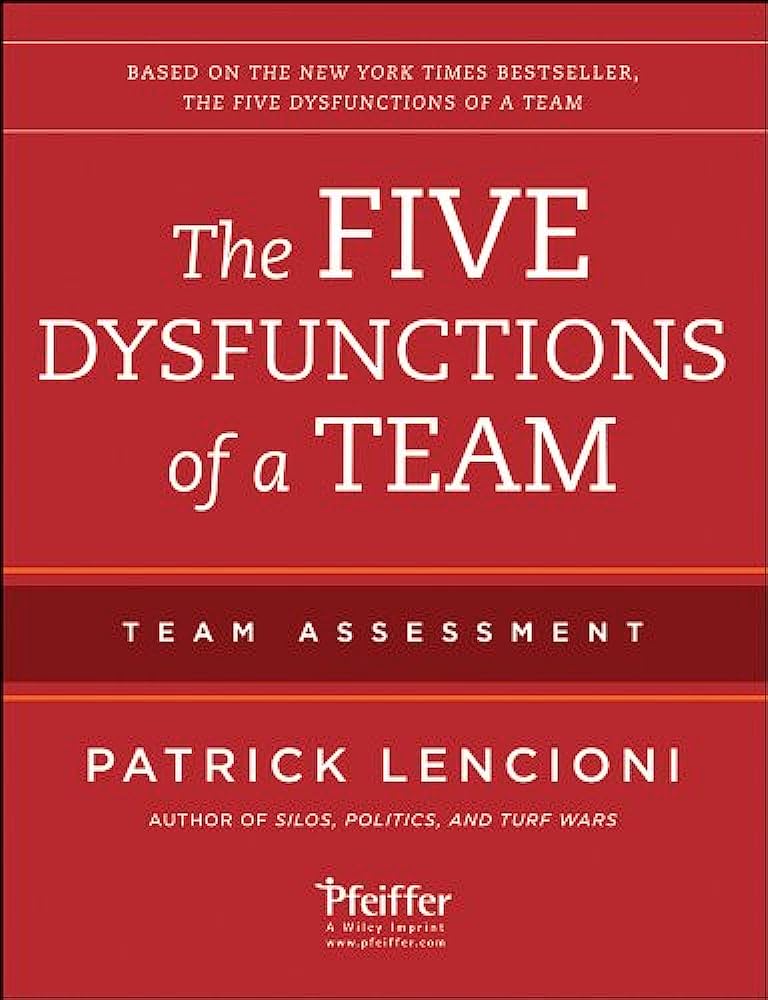
Many teams I work with as a consultant suffer from more than one of the Dysfunctions, and the cure has to be applied in a waterfall style, one at a time. The first dysfunction, Absence of Trust, is the most common in workplaces. Unfortunately, most of the time it comes from the top.
Leaders who don’t trust their teams perpetuate a lack of trust from their teams back to them. So it’s on the leader to recognize it and change the root of the problem. The easiest way to fix it is for the leader to start being nice to their teams.
I experienced this with one of our CEO’s who after reading this book, called themselves out and committed to being nicer as a leader. The rest of the company followed their lead and over time the dysfunction was uprooted.
Q: How were those dysfunctions eliminated?
A: Having worked for 10 different companies over my 20 years of working, I’ve been a part of many healthy teams and dysfunctional teams. The dysfunctions have to be acknowledged by the leader and the team together. This can only happen if the leader is part of that dialogue and oftentimes, he/she has to initiate that dialogue.
Then to fix them, you have to diagnose the root cause of the dysfunction, which will be different depending on the company. But the problem can always be defined as a People, Process, or Technology problem. If it is a people problem, then you might have to fire some people. If it is a process problem, then you have to change the process and include your team in the change process to ensure their buy-in.
And the healthy teams build up antibodies against the dysfunctions, and these “antibodies” are the right People behaving nicely, the right Processes building good habits, and the right Technology providing the team with data that reinforces those good behaviors and habits.
Q: What were the results and how long does a successful sales culture transformation take?
A: The results are a healthy, high-functioning, and happy team that enjoys coming to work. A healthy team has the following markers:
- Being Nice (People)
- Diversity (People)
- Buy-in of Team Goals (Process)
- Commitment to Accountability (Process & Technology)
- An Appetite for Results (People & Technology).
Completing a transformation across all five dysfunctions doesn’t happen overnight, and depending on the size of the company it can take anywhere from a few months to a few years to fully complete.
Q: Have you ever had to walk away from a cultural renovation? What types of C-Suite leaders prevent the required transformation?
A: I have, and it wasn’t always because of prevention from the C-suite. Don’t get me wrong – that did occur, and those are hard to walk away from because it might be only one person’s unwillingness to change that spoils the potential for a whole company.
But the transformation can be prevented by the team as often as the C-suite. Here’s how that happens:
Many leaders initiate a transformation without removing toxic members of a team first, and missing that step can torpedo the entire transformation effort in two ways:
- The team knows this person has to go, and the leader’s unwillingness to remove them undercuts their belief in the transformation’s potential.
- The toxic individual can easily undercut any positive progress the team has made towards change with rumors, dishonesty, and good ol’ fashioned “looking out for #1” behaviors.
Beacon Growth Consulting
Q: Achieving those types of transformations and the subsequent gains in revenue generation are a big piece of your new business: Beacon Growth Consulting. Tell us about your practice. Companies with what challenges should have a conversation with you?
A: I love working with companies that are experiencing a slowdown in growth, or even a decline in revenue. Because there is a people, processes, and/or technology problem to solve, and I think the bigger problems are the most rewarding to solve.
So as a fractional Revenue leader or even on a project-basis, I help them find the right approach to Sales & Marketing that works for their customer.
Then I coach their team and leave them with a system that they can own and run with on their own. The results will be predictable revenue, repeatable success, and a sales & marketing team you trust and can rely on. Without any of the five dysfunctions of course!
I See Dead People Processes and Technology Podcast
Q: You’re also starting a podcast. “I See Dead People Processes and Technology” just started on Spotify. What can listeners expect to get from your podcast?
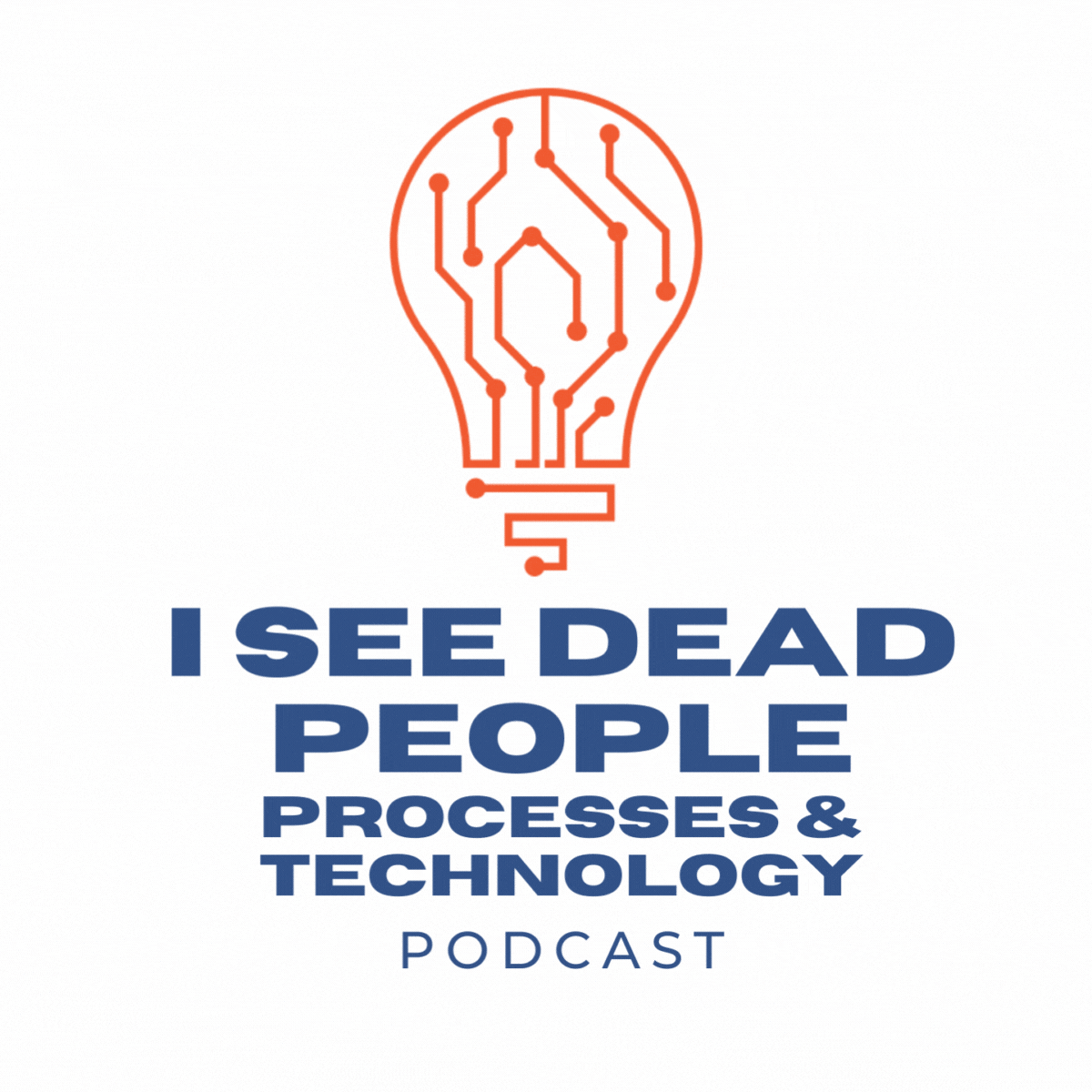
A: I’m excited about this because it is my first try at my own podcast. I’m a long-time listener of podcasts, but a first time podcaster.
Some friends of mine in the Sales community have great podcasts, like Josh Wagners “Love Selling Hates Sales” and Jon Birdsong’s “Five & Thrive.”
Listeners of “I See Dead People Processes and Technology” can tune in once a week for a 5-7 minute long podcast where we explore a common problem I’ve seen in my consulting work and how leaders can solve that problem using a change in People, Processes, and/or Technology.
ListenAI and Automation
Q: Automation has been top-of-mind for tech forward sales and marketing professionals for over a decade. AI has finally arrived at a level of maturity where non-mega corporations can use it and benefit from it (ChatGPT, Bard, Lemonade, etc.) What are some of your favorite use cases?
A: Most recently, I like the use of AI for my own business and for my clients as part of scaling their Outbound Sales efforts. Copywriting a good outbound sales message can be enhanced by AI in a couple of ways:
Shorten the research time required to formulate a thoughtful response to a prospect or client. That is 50-75% of the time it would normally take to complete that task.
AI can draft several cold outbound email scripts in minutes, allowing the salesperson to review and edit each one for personalization to the prospect. That’s a repeatable way to save hours of research and writing time because now the salesperson is focusing their time on being the final editor and approver.
Q: Are you concerned/excited about any particular jobs or tasks on sales & marketing teams being eliminated?
A: Both. I think AI isn’t funny, even though it offers a “funny” style of writing, and I’m concerned we humans are going to lower our standards of what’s funny as a result.
I’m excited about replacing the menial jobs in sales and marketing because I believe we will see younger professionals getting trained up on and promoted quicker to higher value roles that require deeper analysis, more complex problem solving, and less mundane repetitive tasks like research and manually drafting cold emails.
Q: We mentioned 5 Dysfunctions earlier. What’s another top read for you on business or sales or marketing more specifically?
A: It’s not a new book, but I think The Sales Acceleration Formula by Mark Roberge is another one of those business books that has aged well over time.
It’s almost 10 years old now, and I still reference it often in my consulting practice because the processes and frameworks have held up well in support of today’s sales objectives and goals.

Q: Last question… we’re compiling a master list of sales and marketing jargon. What’s a term we’re missing?
A: Buyer’s Journey: According to Hubspot, the buyer’s journey “describes a buyer’s path to purchase.” This phrase is growing in importance because the balance of power has shifted towards the buyer tremendously over the past 20 years. Now, marketing and sales professionals must understand the buyer’s journey in order to provide them with the right information at the right time on their “path to purchase.”



